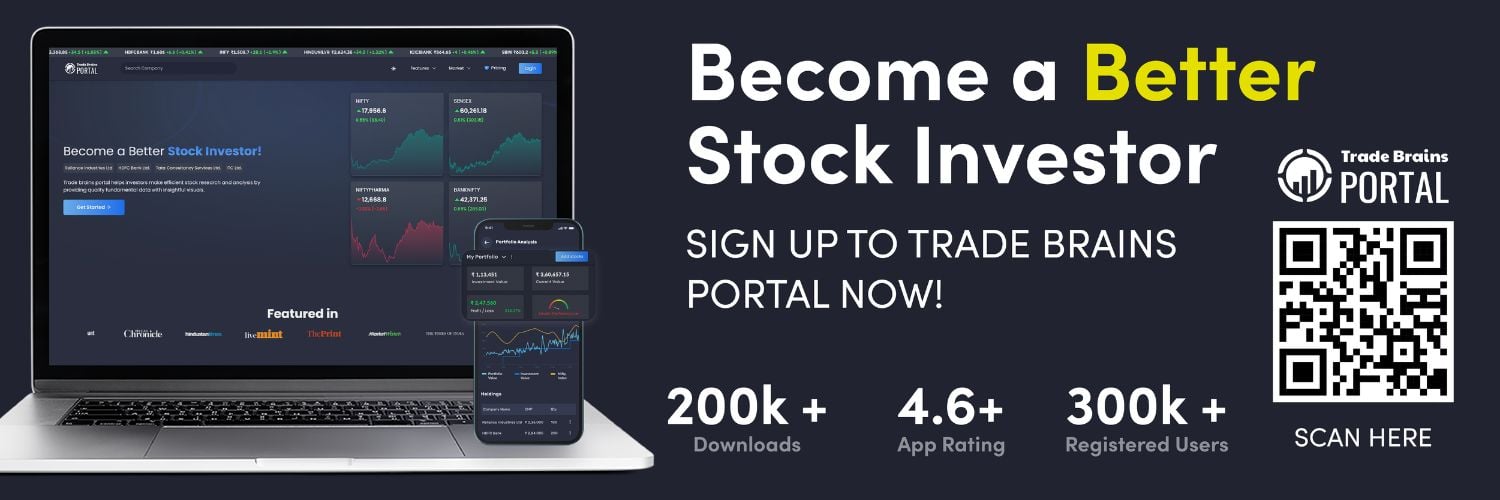Understanding Volume Profile for Technical Analysis: In today’s day and age, the success of any movie depends on the number of people viewing it. If the movie has a large audience anticipating it, then we can be assured that it will have a large audience watching it and which in turn garners success for the movie. Here, the number/volume of the audience plays a very key role in the success of the movie.
Further, if we were to take the example of television series or any online series, its success is measured by the number of viewers. Game of Thrones (GoT) is a classic example of it. It has one of the largest numbers of viewership in online content history. Therefore, eventually, it all boils down to the volume or number of people watching.
Similarly, in trading also, the volume is the number of shares traded on a day to day basis. If there is no volume, then the price of shares won’t move. In short, volume plays a key role in deciding the movement. In this article, we are going to discuss what is Volume Profile, how is volume calculated, the correlation between volume and price, and the Correlation between Candlesticks, Supports & Resistances with Volume. Let’s get started.
What is Volume Profile?
In simple terms, volume simply signifies the number of shares traded of a particular company within a specified time. If a move in prices of shares happens with high volume then, it is considered to be more reliable. And the move can be expected to continue. But if the move happens on low volume, then the authenticity of the move is always questionable.
Note: If you want to learn Candlesticks and Chart Trading from Scratch, here’s the best book available on Amazon! Get the book now!
To confirm any pattern or to apply any technical indicator on the market, the Volume profile plays the most critical role. It plays an important role in confirming the trends or patterns in the market. It also plays a very big role in understanding the buyers’ or the seller’s perspectives. Without sizable volume, even the strongest of technical indicator or pattern might not hold much significance.
Quick note: Market Profile or MKTP is the synonym for volume profile. They are used interchangeably.
How is Volume calculated?
From the above explanation, we understood that Volume simply signifies the number of shares bought or sold within a specified time-frame. The more active the share is, the higher the volume and vice-versa.
For example, in the case of RIL, if for the price of Rs. 1,900, a total of 50 share been bought and 50 share being sold, then the volume here is 50 (and not 100). For the correct volume calculation, there has to be a buyer for every seller to complete a transaction. We should not consider the volume to be 100 (50 buys + 50 sell). Let us understand it with the help of an example:
So, from the table above, we can notice different buying and selling activities for the security for the different levels of time. The buyers and sellers meet to create volume for the share. And the cumulative volume is a summation of all the volume traded for the day.
The following tables show the volume change in the market for the most active securities on NSE with a time gap of 40 minutes.


Figure 1: Most active share at 11.42 am (21/07/2020, NSE India)

 Figure 2: Most active share at 12.22 pm (21/07/2020, NSE India)
Figure 2: Most active share at 12.22 pm (21/07/2020, NSE India)
Now, if we were to compare to the tables above, we can see the volume table of most active security and the change in them with a gap of 40 minutes.
If we take the example of Bajaj Finance from Table, we see the change in price by Rs 8 (reduced) and the volume has increased by nearly 50% in 40 minutes. So, the move with this volume can be said to be genuine and not artificial. Any move with sizable volume helps the technical charts and indicators to take shape.
Correlation between Volume and Price
While trading with keeping volume in mind, the prior price and volume trend is of high significance. If the move happens, with the volume near its average volume or more than average volume, then that move holds more significance, than the move with thin or low volume.
Now, let us understand the correlation between volume and price with the help of the following table:
If the price increases with an increase in volume, then the expectation from the market is that the bullishness or strength is expected to continue. And if the same move were to happen with low volume, we can say that one needs to be cautious and be careful about forecasting the next move.
Similarly, if the price of the share reduces, with increased volume, we can expect the bearishness to sustain and continue. And if the same move happens on less volume, we need to be careful with the next leg of this move. And similar interpretation can be done for Rangy markets.
Participants on Low and High Volume days
If the market is trading with low volume, we can say that there is a lot of retail player’s participation in the market.
However, if the market is trading on high volume, we can say that there is a lot of institutional buying and selling in the market. Higher volume moves have better conviction and a higher chance of a continuation of the move, in the near future.
Correlation between Candlesticks, S&R and Volume
If the candlestick pattern gives certain trade patterns and if the signal were to come near the supports and Resistances and to top it off if the volume profile were aligned with the technical signals, then the trade can be said to have a very high probability of being successful.
In other words, a marriage of technical factors along with volume goes a long way in generating strong trading signals. Traders can benefit significantly from it if spotted at the right time.
Also read: Introduction to Candlesticks – Single Candlestick Patterns
Conclusion
Let us quickly conclude what we discussed in this article:
- Volume is one of the most important indicators in understanding the trend of the market.
- It provides a very strong impetus to our technical view on the market.
- If the market is trading on low volume, we can say that retail traders are participating in the move.
- If the price increases with an increase in volume, we can expect the bullishness or strength to continue (and vice versa).
- And, if the market trades on high volume, it generally is a signal that institutional players are participating in the market
That’s all for this post on Volume Profile. I hope it was useful for you. If you have any doubts regarding volume while trading in stocks, feel free to comment below. I’ll be happy to help. Happy trading.


Hitesh Singhi is an active derivative trader with over +10 years of experience of trading in Futures and Options in Indian Equity market and International energy products like Brent Crude, WTI Crude, RBOB, Gasoline etc. He has traded on BSE, NSE, ICE Exchange & NYMEX Exchange. By qualification, Hitesh has a graduate degree in Business Management and an MBA in Finance. Connect with Hitesh over Twitter here!
Start Your Stock Market Journey Today!
Want to learn Stock Market trading and Investing? Make sure to check out exclusive Stock Market courses by FinGrad, the learning initiative by Trade Brains. You can enroll in FREE courses and webinars available on FinGrad today and get ahead in your trading career. Join now!!


















